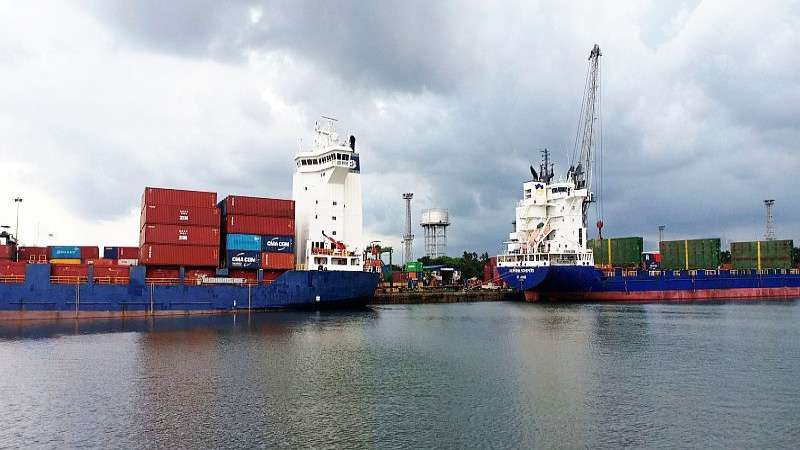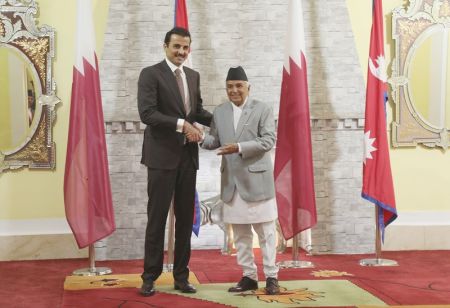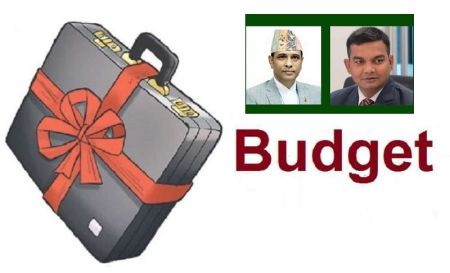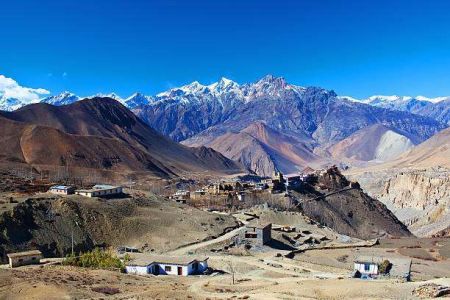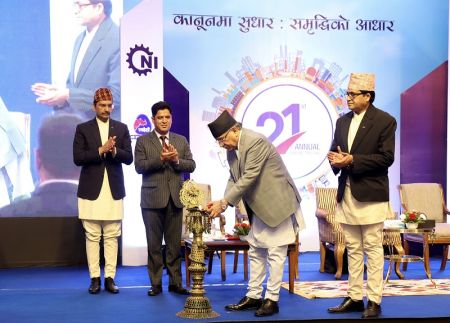September 2: Two-third of Nepal’s international trade and 90 percent of the transit is dependent on India. Indian seaports, trains or other forms of land transportation are used for all of Nepal’s international trade. The geographical advantage of the southern neighbor is also one of the reasons for Nepal’s dependence on India.
India giving Nepal the access to its sea routes has be interpreted as an act of goodwill. However, the fact that this facility provided to Nepal is a great business opportunity for India is rarely discussed.
The right to access to the sea route that Nepal has received as a landlocked country has become a great business opportunity for India. The Indian government as well as the private sectors have been earning billions of rupees annually from this.
A minimum of 1500 trucks enter Nepal from various customs points every day. Ashok Temani, the chairman of the Transport and Transshipment Committee under the Federation of Nepalese Chamber of Commerce and Industry (FNCCI) says that one such truck that carry goods from various parts of India earn an average of Rs 160,000 per year.
If 450,000 trucks enter Nepal with goods, Nepalese businessmen have to pay Rs 70 billion just for the transportation every year.
According to Nepal Transit and Warehouse Company (NTWC), 180,000 containers entered Nepal through the Indian seaport in 2019/20. When these containers were being brought to Nepal, transportations through rails and land from the Indian ports also did a significant amount of business.
Chairman Temani says that the cost of transporting a container to Nepal by rail from seaports of Kolkata and Visakhapatman in India to Nepal is Rs 150,000 in average. NTWC says that 48,000 containers have been transported through road this year. An estimated amount of Rs 9 billion was spent while bringing in 60,000 containers through rail.
Chairman Temani claims that the cost of importing goods from Indian ports totals to Rs 100 billion annually after including other direct and indirect costs.
“The business of Indian seaports, railways and other means of transportation has really flourished in India,” he says.
Government agencies haven’t yet studied the cost of transit of goods incurred during Nepal’s foreign trade. Ravi Shankar Sainju, former joint secretary of the Ministry of Industry, Commerce and Supplies, says that a separate study on the cost of transportation in trade is yet to be done. Government officials estimate that the cost of transit of goods is about 20 to 25 percent of the total trade.
Indian cargo trucks are permitted to stay in Nepal for 72 hours after entering through the customs points. This time is enough for the trucks to return after making their respective deliveries. Businessmen say that although arrangements have been made to allow Nepali trucks to enter through the points but there are still problems in the implementation of this arrangement.
The Indian means of cargo transportation get permissions from the checkpoints of the ports. However, this facility is not available for Nepali trucks. “Nepali transportation has been discouraged with various excuses to maintain the monopoly of the Indian cargo vehicles,” an official said.
Joint Secretary Sainju believes that the cost of transit can be reduced by diversifying our dependence. “If we are able to increase the use of air transportation for the use of the northern ports, our dependence on India will decrease. It will also help in increasing competition,” he told New Business Age.
Chairman Temani claims that India’s dominance on cargo can be decreased with the promotion of Nepalese transportation businesses for carrying cargo. “The government should promote Nepali transportation business by introducing new policies. However, the government has not prioritized this concept.”


